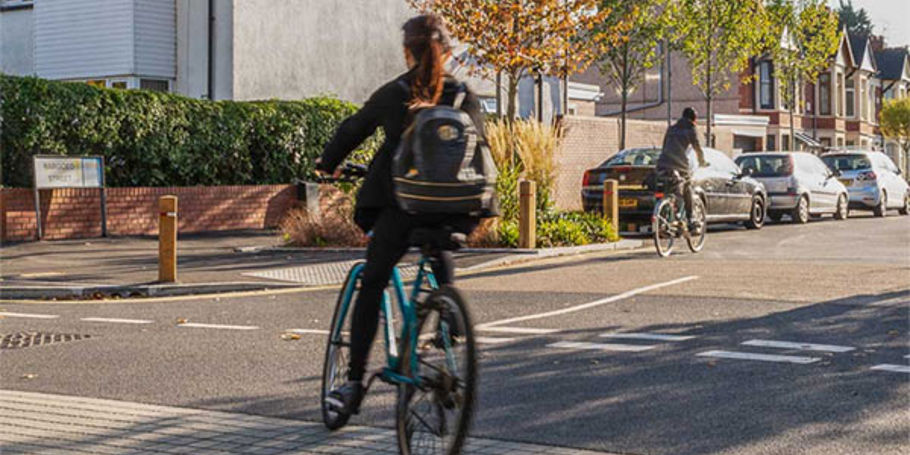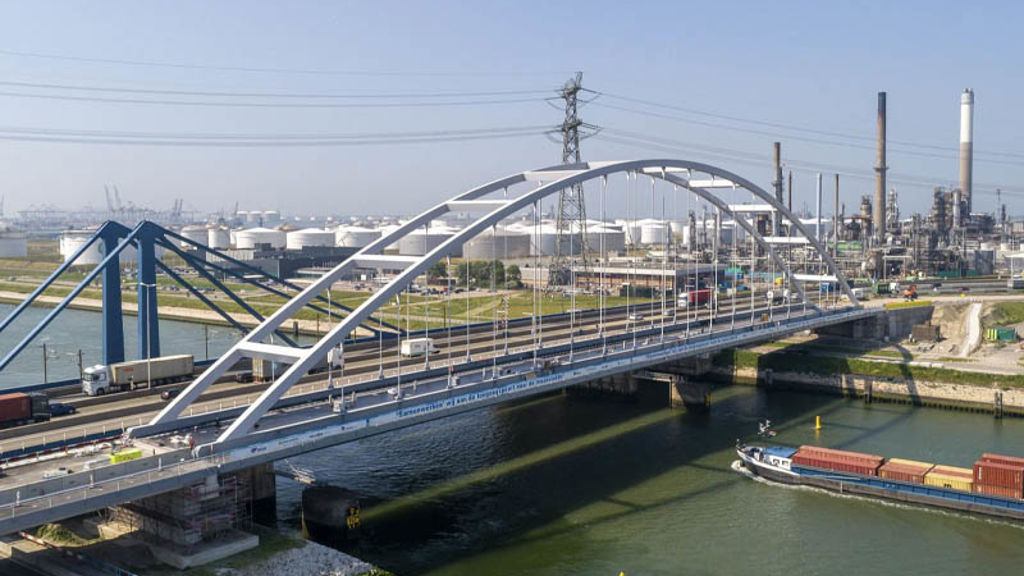The City of Canada Bay Council is determined to achieve net zero emissions by 2030 for Council operations, while supporting the local community in reaching net zero by 2050. Across the Council’s area, almost 800,000 tonnes of greenhouse gasses (CO2-e) are emitted each year, of which one quarter is from transport. Transition to electric vehicles (EVs) from internal combustion engine vehicles is a vital action in this journey.
We developed a comprehensive EV charging strategy with clear actions for the Council, setting a new standard for other local councils to follow.
To develop a well-researched and thorough strategy we started with clarifying the role and responsibility of Council when it comes to EV charger policy-setting and implementation. Looking to global standards and best practice for EV uptake helped our team to factor in the distinctive needs of the City of Canada Bay. We ensured EV policy, development, design requirements and technological standard recommendations in the strategy were achievable and in line with NSW legislation.
The EV Charging Strategy features policies and frameworks for an efficient and effective roll out of charging infrastructure. It also helps enhance climate benefits, balancing the focus on EVs with other green modes of transport such as bikes, trains and buses. Importantly, it will help promote geographic equality of EV charger placement and access across all stakeholder groups, from Council itself through to local businesses and residents.
Electric vehicle transition as part of a transport emission reduction strategy
The City of Canada Bay wanted to show leadership in building a comprehensive EV strategy in support of its net zero goals. We supported them on their journey from novices to leaders, drawing on global experience to craft a place-based approach to EV charging. EV uptake and infrastructure roll out in Australia has been a step behind comparable nations.
Sixty-five per cent of trips from the City of Canada Bay and 72 per cent of trips to the City of Canada Bay involve a private vehicle or rideshare. This high use of private vehicles is expected to continue while the new Metro line is under construction – with opening expected in 2032.
More than 60 per cent of residents in the City of Canada Bay now live in apartment buildings, with the rate of high-density housing projected to grow, creating a push for local, publicly available EV charging.
The Council, in Sydney’s inner-west, wanted a clear path towards efficient and effective EV charging infrastructure that addressed all touchpoints with Council. Other Council strategies tend to focus on one dimension, for example land-use planning and development control or net zero goals or supporting the local economy.
We collaborated with Council to take a holistic view and understand how EVs fit into its broader land use and transport planning and emission reduction strategy. We helped ensure that the most environmentally friendly transport modes, such as walking, cycling, trains and buses, remain a key focus amid the EV transition.
Place-based electric vehicle charging roll out
We adopted place-based planning to spatially map the planned charging network so the right chargers were provided in the right places, integrating them with surrounding land use. Council wanted to ensure EV charging served all locations in the local government area, complementing land uses and enhancing public amenity. We factored in how land across the City of Canada Bay is used and owned, including residential, commercial and community spaces. We considered where people use their EVs, how they use them and how they typically like to charge them. For example, slowly overnight at home or while at work, quickly while doing their shopping or at a café, restaurant or running the popular ‘Bay Run’ track. Drawing on our technical expertise, we investigated the types of chargers most suitable for each location – those where more expensive high-speed chargers were needed versus those where slower and more affordable chargers suffice.
We then proposed an optimal mix of charging locations across these different places. Assessing user behaviours and land features helped us identify the charging speeds, number of chargers needed, and usage policies (such as the length of time a vehicle can use a charging spot and possible costs). Any potential impact on the local environment and the electricity grid were also factored in.
Another core focus was creating standard guidelines for when a commercial business, charging manufacturer, or apartment resident wants to implement a new charger. We set clear frameworks for what needs to be assessed and approved to enable rapid and consistent decision-making.
Bringing fire and life safety expertise to EV chargers
Supported by our fire and life safety expertise and research in electric mobility, we reviewed charger safety matters and advised on potential risks or opportunities.
After our research and close collaboration with Council, we delivered a strategy that details the role of the Council in the transition to EVs, a global EV market analysis, the current EV profile in the City of Canada Bay, expected future charging requirements, and an action plan. The Council adopted the Strategy in 2023 and shared it widely with other government agencies and the Sydney electricity network provider, receiving positive feedback. The Council is now putting the strategy into action, supporting their pathway to a net zero future.
Since establishing their Strategy, the City of Canada Bay has been approached by other councils around Sydney and beyond, that want to tap into their experience to create their own strategies.







